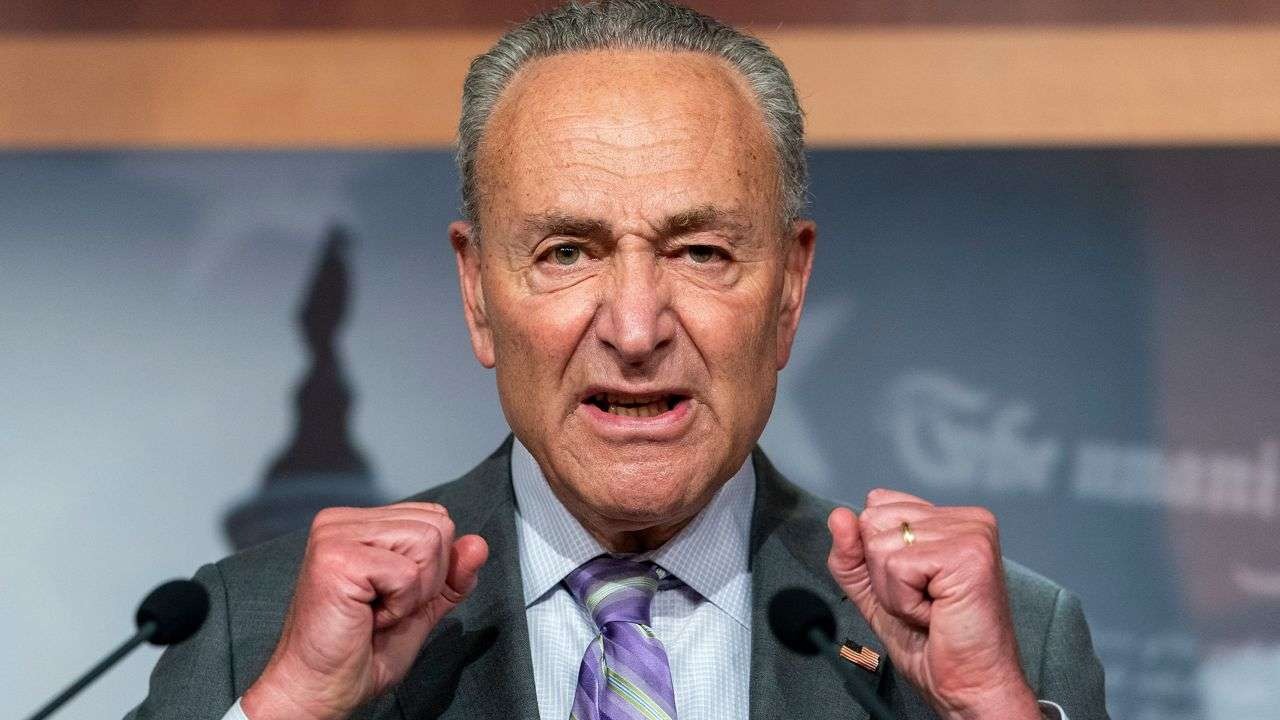
Government Shutdown: A Deepening Crisis
The federal government shutdown has entered its third week, and the political stalemate shows no signs of abating. With the deadline for funding looming on November 21, Democrats are facing increasing pressure to come to a resolution. The ongoing stalemate highlights significant rifts within the party and raises concerns about potential prolonged impact on federal services and employees.
Republicans’ Strategy Amidst Legislative Gridlock
Recent discussions among Republican lawmakers indicate a possible shift in strategy as they acknowledge that the current funding measure may not pass as intended. With Senate Democrats rejecting the GOP's proposed continuing resolution repeatedly, there are growing concerns that the deadline for funding will require modification. Representative Tom McClintock (R-Calif.) has signaled a preference for extending the deadline rather than returning to square one. Congressional Republicans seem resolute about putting the responsibility on Senate Democrats while navigating public opinion and internal party dynamics.
Impact on Key Programs and Public Sentiment
One significant concern highlighted during these discussions is the potential disruption to important government operations. Failure to reach an agreement risks impacting millions enrolled in programs such as the Supplemental Nutrition Assistance Program (SNAP) and various healthcare subsidies, which many Americans rely on. As Senate Minority Leader Chuck Schumer (D-N.Y.) noted, ignoring these urgent funding needs could lead to financial catastrophe for many families across the country before the year comes to a close.
Political Calculus Behind the Shutdown
The political landscape is further complicated by differing views on responsibility for the shutdown. While Republicans are attempting to place the onus on Democratic leaders, public sentiment may waver based on perceived successes or failures in negotiations. Recent polls suggest that Americans are beginning to attribute blame not just to congressional leaders but are also more frequently sharing that sentiment with citizens in the Democratic Party as well. This changing perception could wield significant influence over the next election cycle, making it critical for each party to manage its messaging effectively.
The Path Forward: Negotiation or Standoff?
As negotiations inch forward, both parties are digging in their heels. Democrats have linked reopening discussions with the need to address enhanced healthcare subsidies that are set to expire soon, complicating an already difficult negotiation process. The rhetoric is heated on both sides, as Senate Majority Leader John Thune (R-S.D.) acknowledges the need for urgency but also points to Democrats' apparent focus on partisan advantage rather than resolving the situation.
Looking Ahead: Predictions for a Prolonged Shutdown
If the current trajectory holds, the shutdown could extend into record-setting territory, potentially rivaling past chapter events that have disrupted government operations. With additional programs at stake and a divided narrative among party leaders, any semblance of a solution may remain elusive until both sides are willing to bridge their partisan divides. Lawmakers must weigh the ramifications of their decisions, not just for today but for the broader implications on trust in government institutions.
 Add Element
Add Element  Add Row
Add Row 



Write A Comment